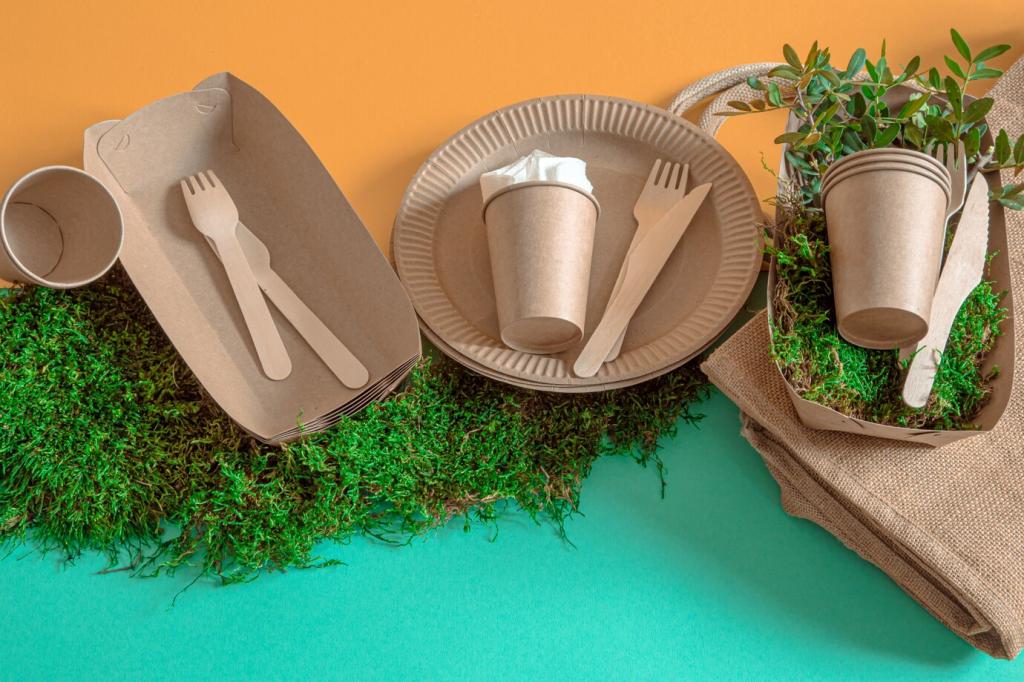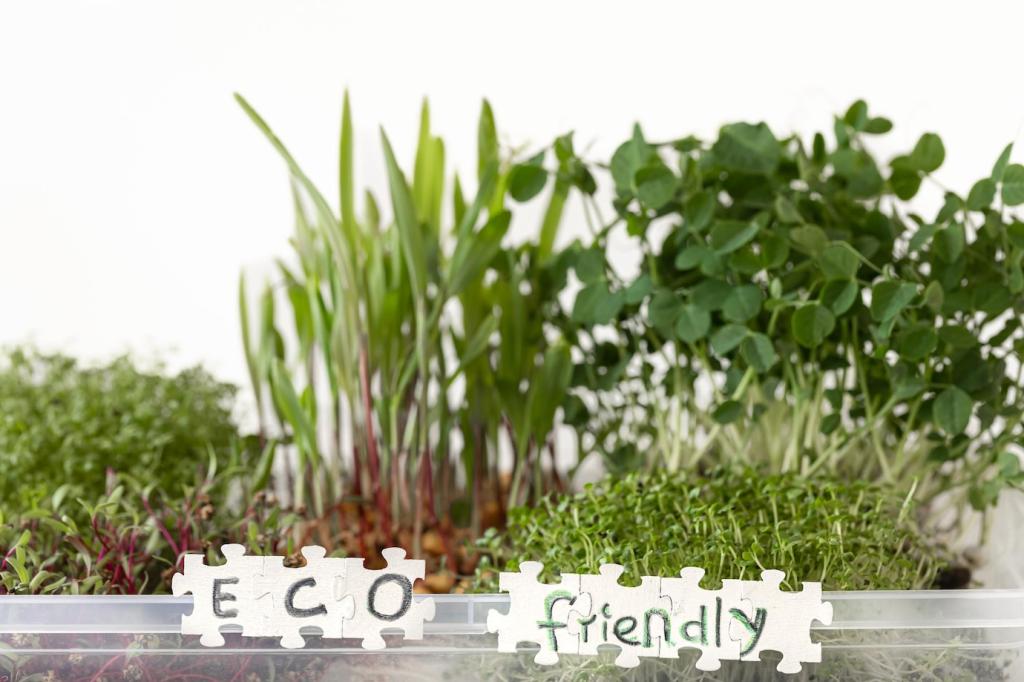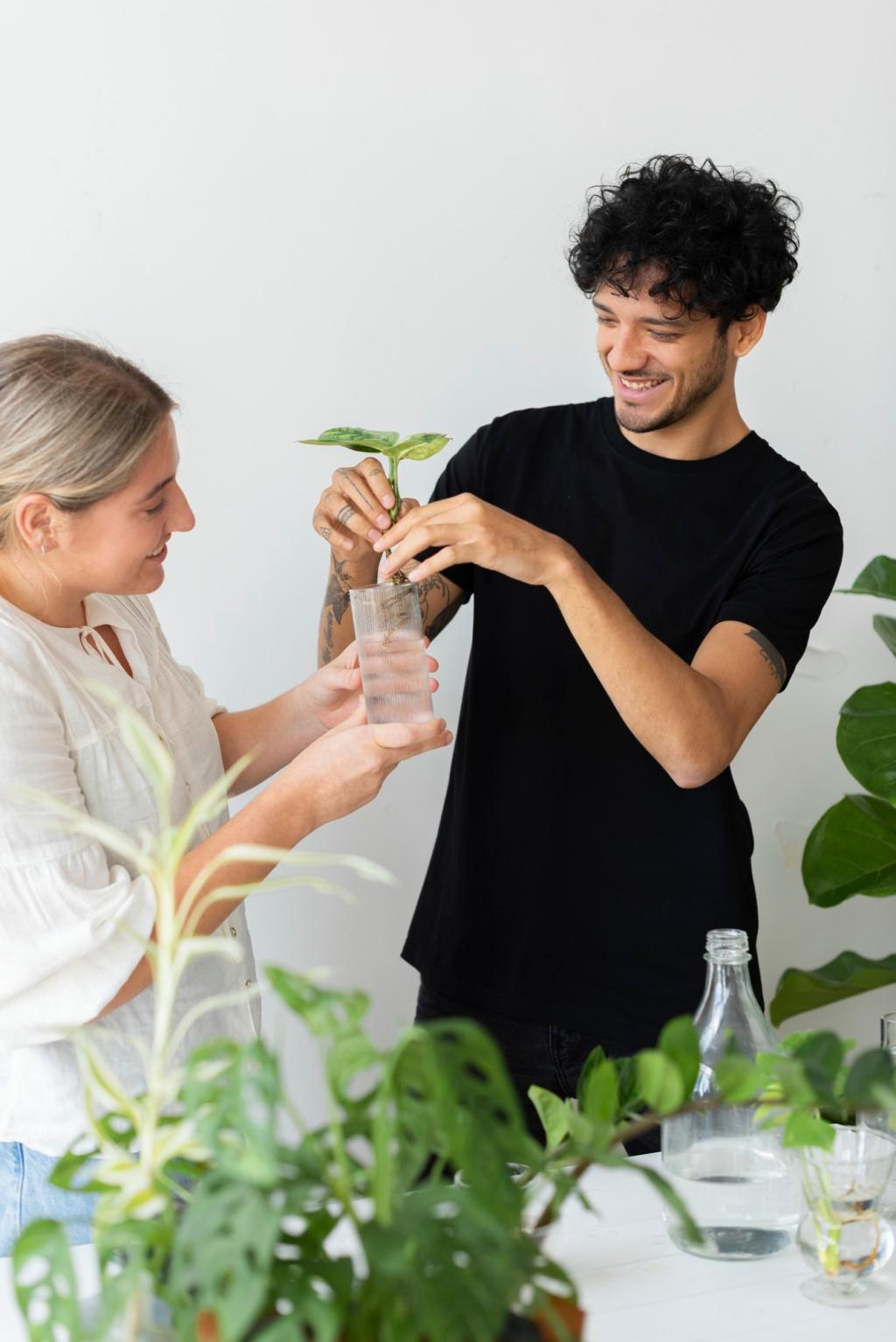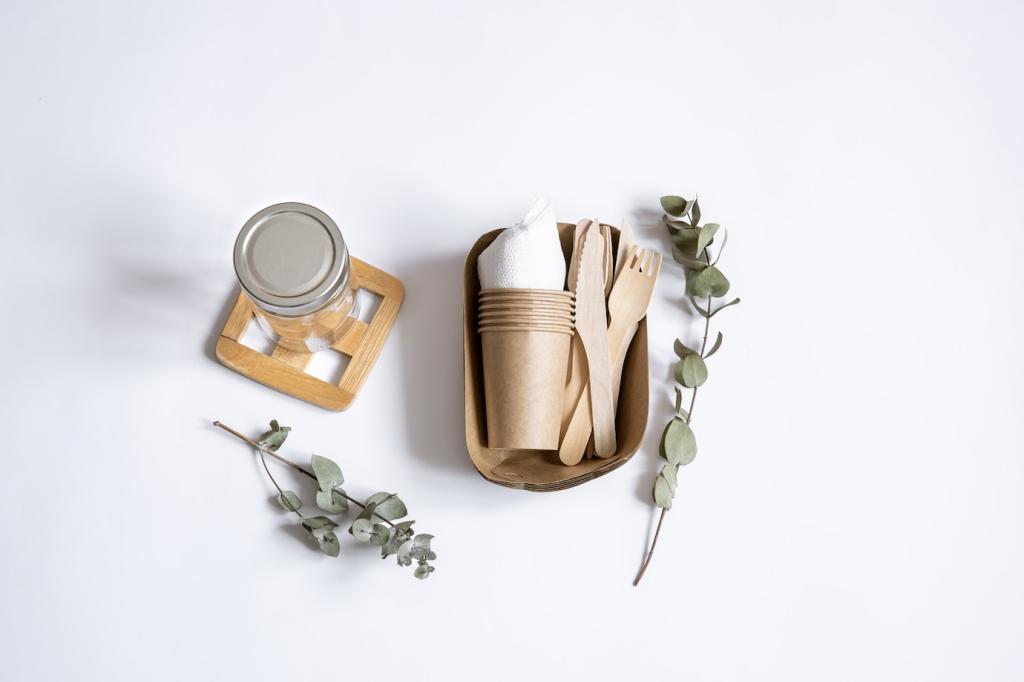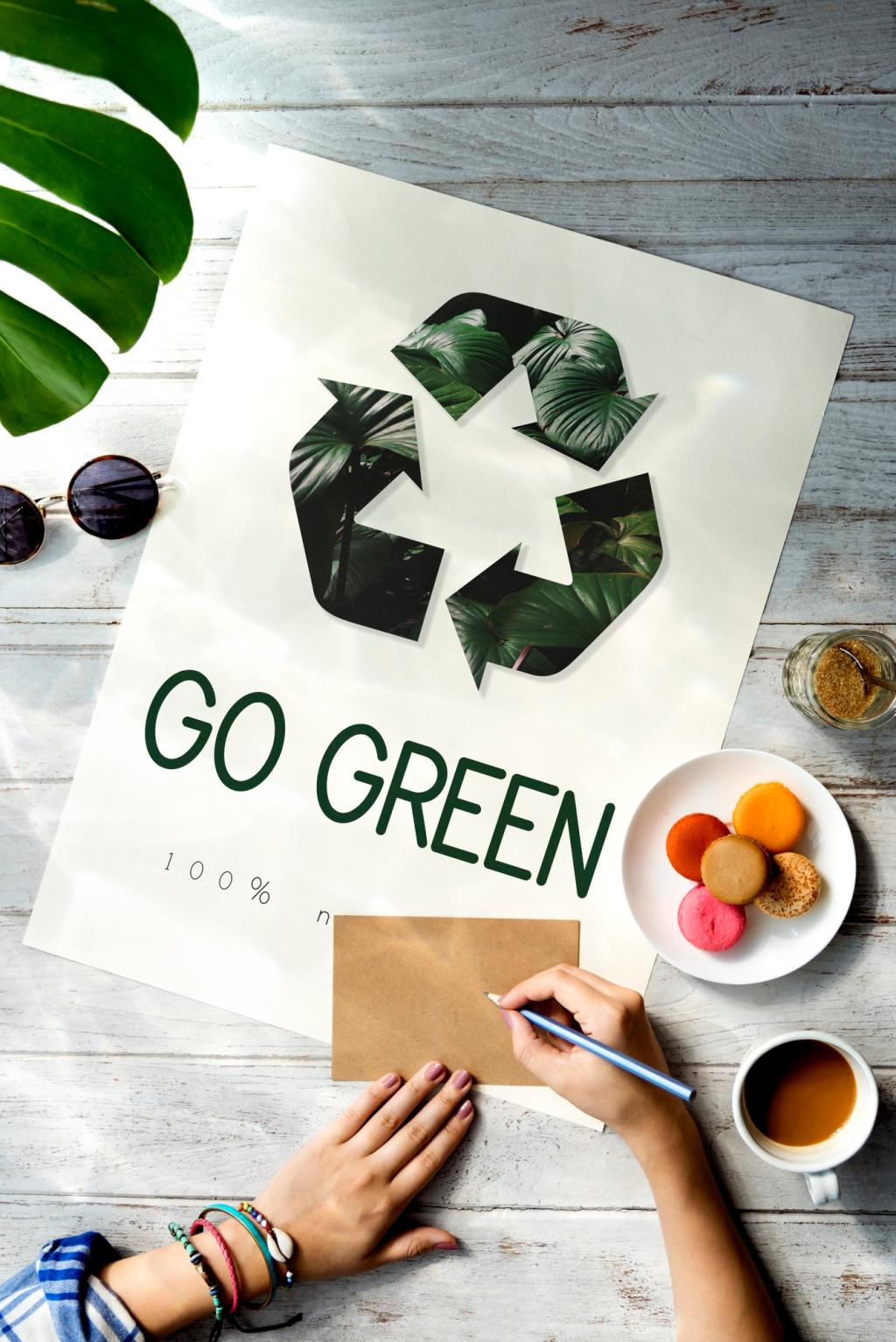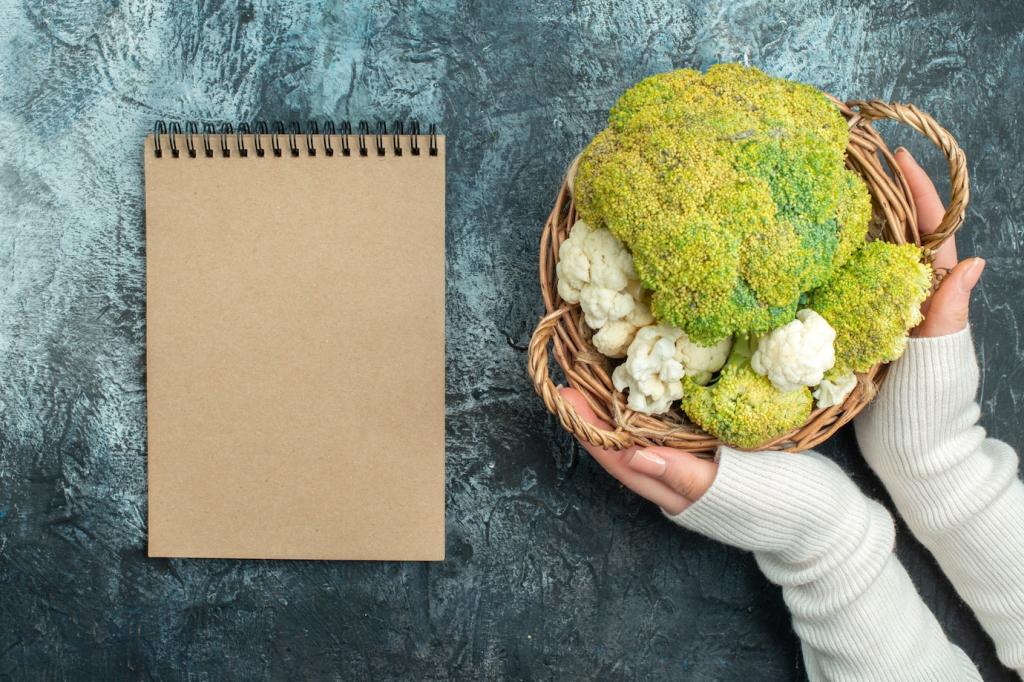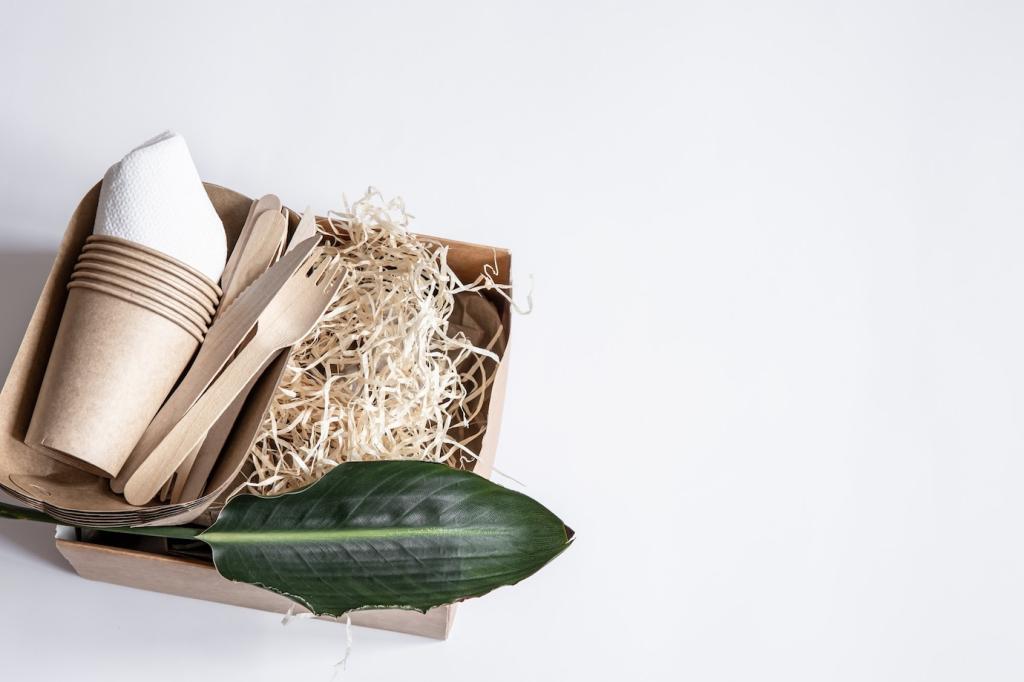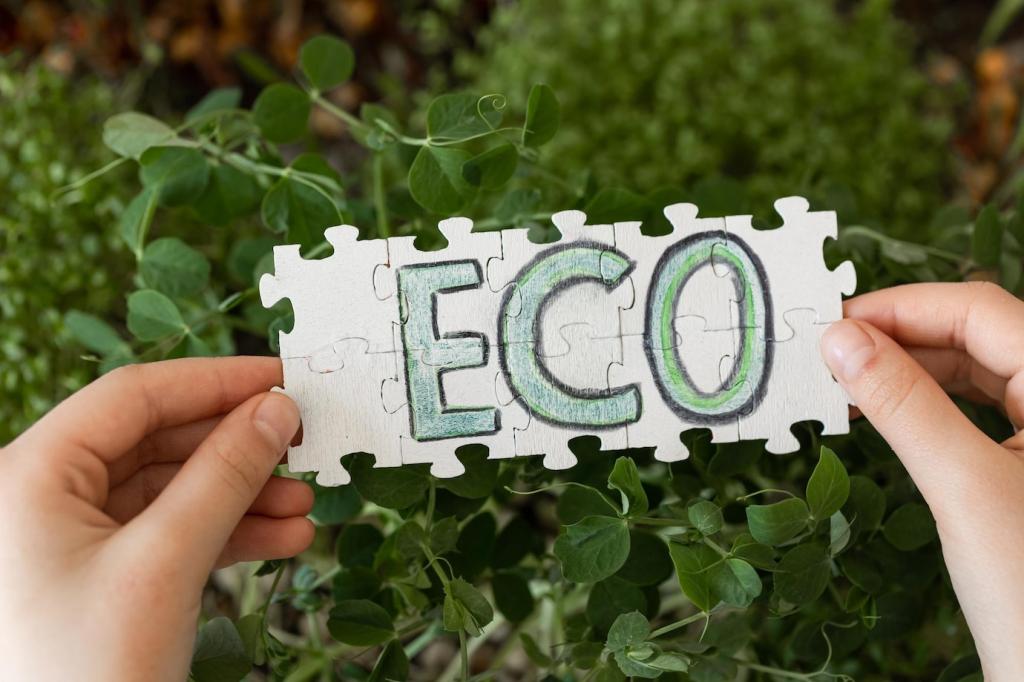Stories from the Field: Small Brands, Big Swaps
A neighborhood cart swapped to bagasse lids with plant-wax coating. Customers mentioned the comfortable lip feel, and baristas praised steadier stacking. What micro-changes surprised you when transitioning everyday items to organic materials?
Stories from the Field: Small Brands, Big Swaps
Early sachets absorbed humidity and wrinkled labels. Iterations added a drier filling environment and seal tweaks. The founder says customers loved the ocean-inspired story. Would your audience accept a delicate finish for compostable elegance?
Stories from the Field: Small Brands, Big Swaps
A CSA replaced EPS with mycelium corner blocks and kraft wraps. Produce arrived snug, compost bins got useful feedstock, and unboxing felt meaningful. Share your most joyful organic packaging reveal moments with photos if possible.
Stories from the Field: Small Brands, Big Swaps
Lorem ipsum dolor sit amet, consectetur adipiscing elit. Ut elit tellus, luctus nec ullamcorper mattis, pulvinar dapibus leo.

